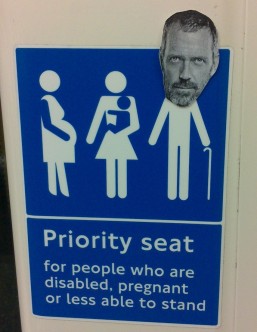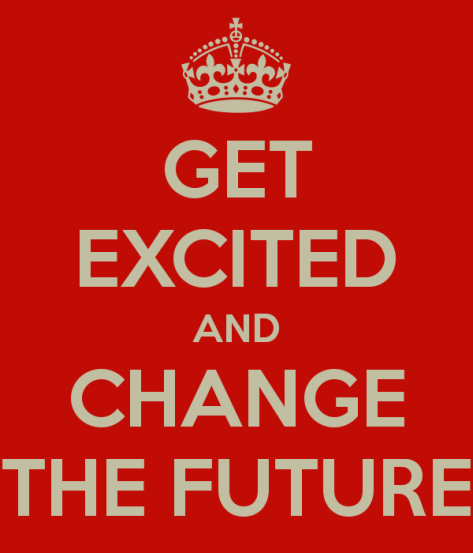
A crystal ball (with a pinch of salt)
It’s the time of year when people make predictions about the coming year. Here are my predictions about what customers will see differently in 2015.
I have based these on nothing more than some experience and conversations with interesting people, so take them with whatever amounts of salt you like.
Privacy will matter less than trust.
Customers will increasingly accept that companies will know more about us than we would like. But in return, we will want companies to prove even more that we can trust them with our data.
Mobile payments won’t fly in 2015
The new iPhone 6 includes the ‘Apple Pay‘ mobile payment facility. It is due to launch in the spring of 2015.
But it won’t have us all pay by mobile all at once.
Why?
Because the customer experience for card payments is still better than the mobile alternative.
Card out, put in reader, type in four numbers, done. Easy.
Mobile out, tap button to wake up phone, find payment app, confirm amount, confirm authorisation again, await confirmation of payment on phone, give up, take out cash…
And that’s not all. Not enough shops will take mobile payments, but they all take cards. They will need a compelling reason to change.
And, even if we want to pay by mobile, with dozens of payment apps available, the chances are that a given shop won’t take the specific app that’s on our phone.
As Google and many others have found, and as Apple is about to find, the business of payments is hard. This one is going to be slow, people.
Our buying experience will start to be simpler and more relevant
Want to buy something? There’s too much choice.
Any major decision – holiday, car, house, furniture, white goods, television, PC, phone, school – now needs detailed online research, investigation of reviews and trawling of social media.* It’s so much work that that buying stuff now feels like it costs as much in effort as our research saves in money.
Many sites, such as those in the travel industry, can ask us for some preferences to simplify our journey by filtering choices, it is still a chore.
It is only a matter of time before some sites simply use our social identity, online behaviour, some statements of preference and history of other purchases to predict the best purchase solutions for us and offer a focused choice that’s right for us, based on who we are.
More than a search based on budget, distance from home, type of hotel preference and preferred flight times, this is a search based on what we genuinely want and like, evidenced by our behaviour.
This is, I believe, the kind of thing that will be enabled through the data gathering and machine learning capabilities of facilities like Google Now or Amazon Echo. I think we will start to see these services being offered in 2015.
Before long, we won’t be typing in “…washing machine reviews…” when we want to think about replacing our white goods. We’ll simply muse out loud, in our living room: “Alexa? What washing machine would be best for me?”
We will start to see fresh food delivery online at scale from non-grocers
Building a distributed, refrigerated real-time supply chain to distribute fresh food is expensive and difficult. This has acted as a major barrier to entry for online players. It has kept traditional grocery supermarkets in the game and let them sell us all the other household stuff we need routinely.
But Amazon are starting to trial fresh food delivery and many consumers will begin to use them for their shopping. I think we will start to see the grocers’ monopoly on our weekly food shop starting to erode in 2015.
At least one traditional supermarket will experiment with a alternative models
Of course, traditional supermarkets are no mugs. They will experiment with new ideas to ‘lock in’ our weekly shop and keep it away from online pretenders. Tesco already have a subscription model for online delivery charges. I would be surprised if they, or their competitors, didn’t come up with an alternative. A single monthly subscription that delivers a weekly food shop, for example?
Health insurers will offer discounts for customers to upload their health data activities.
This one is, I think, already happening. Wearables, and the health monitoring facilities offered by the iPhone 6, all gather data about our long-term lifestyles.
Health insurers are beginning to incentivise us to upload this data to the cloud. Health insurers will analyse this data and give us bespoke cover at tailored premiums. And we will like it. (unless we’re fat, or sedentary, in which case our premiums will shoot up).
Wearable tech will cause at least one Big Data / privacy scandal
Wearables are probably the first tech innovation designed from the ground up to enable ‘Big Data. Just by wearing a watch or wristband, our movements yield long-term telemetry data.
Where we go, what we do, who we meet, what we are interested in, when we do things, how we get there, what we buy, how we pay and who we tell – this so-called ‘digital exhaust’ trails behind us as we live.
This data is so complex, so large and so intimate that it will not be possible to protect it fully, certainly not at the start. Sometime in 2015, we will have the first leakage of such data and what it will reveal about what is known about us will be scary.
Buyers of customer experience management software will get wise to the idea that there is no such thing
The notion of customer experience has become polluted by vendors selling ‘customer experience software’. There ain’t no such thing.
Leading, managing and operating an organisation to offer a good customer experience is not about software. It is a matter of principle, strategy, practice and attention. I expect that more companies will understand this in 2015.
Banks will claim to be customer-centric but scandals will continue to disprove this idea
Banks will continue to try and show that they have genuinely changed their stripes. That they have,learned the error of their ways and are driven by the interests of their customers.
But I fear that this hope will founder, for two reasons. First, a typical bank IT system is a messy legacy stack that is hardwired around products, not customers. These systems are too big and too complex to change without eye-watering expense.
Second, the majority of banks continue to reward their people to focus on short-term revenues for the bank, regardless of the interests of the customer. Because these rewards are so big, they will continue to distort banker behaviour away from the customer.
This toxic culture is so ingrained that it will take a generation to fix – so while I have little hope of customer-centred progress in 2015, I feel sure that more banking scandals will emerge.
Some brands will begin to function as marketing algorithms
The lines between ‘pure’ marketing and customer experience continue to blur. Marketers have been trying for years to personalise their messaging to individual consumers. I think this year, we will start seeing the first marketing content, bespoke for individual customers, automatically generated by what marketing systems know about each customer.
What will make these communications different? They will be driven by specific parameters that properly reflect the intent of the brand.
The content of marketing emails may be different, depending on what else they know about us. (Depending on the ethics of the company, this could be much more than just the information we gave them when we opted in for their marketing – assuming we did at all).
While the content of all these emails may be different for EVERY customer, each will reflect the presentation, tone of voice and content of the brand. The brand will have become an algorithm, driving content.
What are your predictions?
So these are my predictions for the year. Things will, I think, get better in incremental ways for the customer as more companies recognise the competitive advantage this gives them. We’ll see a few new things, and some ideas will fail (and that’s ok, failure is the overhead of innovation and the cost of progress) and a number of things will surprise us.
What do you think? What do you predict customers will see differently in 2015?
*The link takes you to a cool interactive tool by Google that shows how the purchase journey varies for customers in different market segments and countries. Fun to play with (if you like that kind of thing).
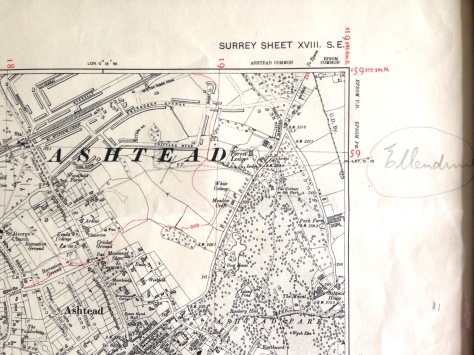 Everything that surrounds us was once a dream that someone made real. What do we call the people who turn such dreams into reality? Leaders.
Everything that surrounds us was once a dream that someone made real. What do we call the people who turn such dreams into reality? Leaders.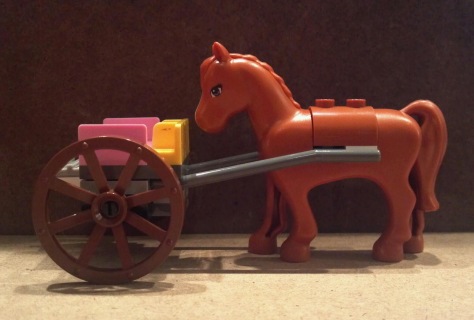






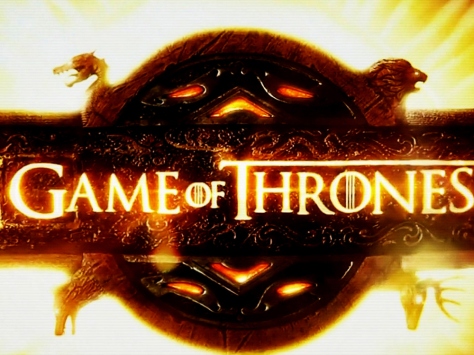
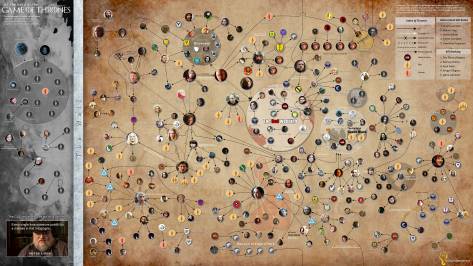


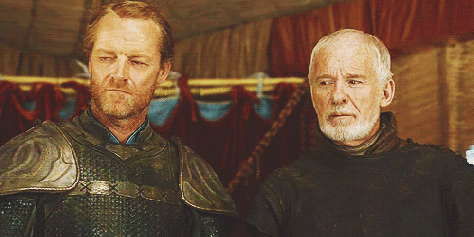






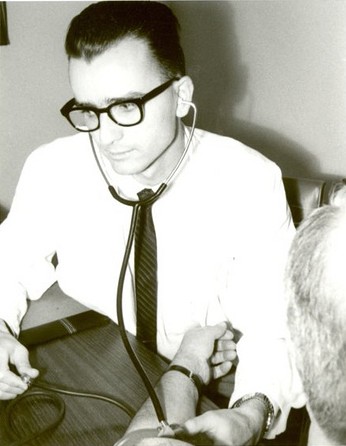 I am fortunate enough to be invited to write guest posts on occasion on HP Business Value Exchange, a site for CIOs. The latest one tells three stories about the dangers of taking quick, decisive action that only addresses the symptoms of problems.
I am fortunate enough to be invited to write guest posts on occasion on HP Business Value Exchange, a site for CIOs. The latest one tells three stories about the dangers of taking quick, decisive action that only addresses the symptoms of problems.